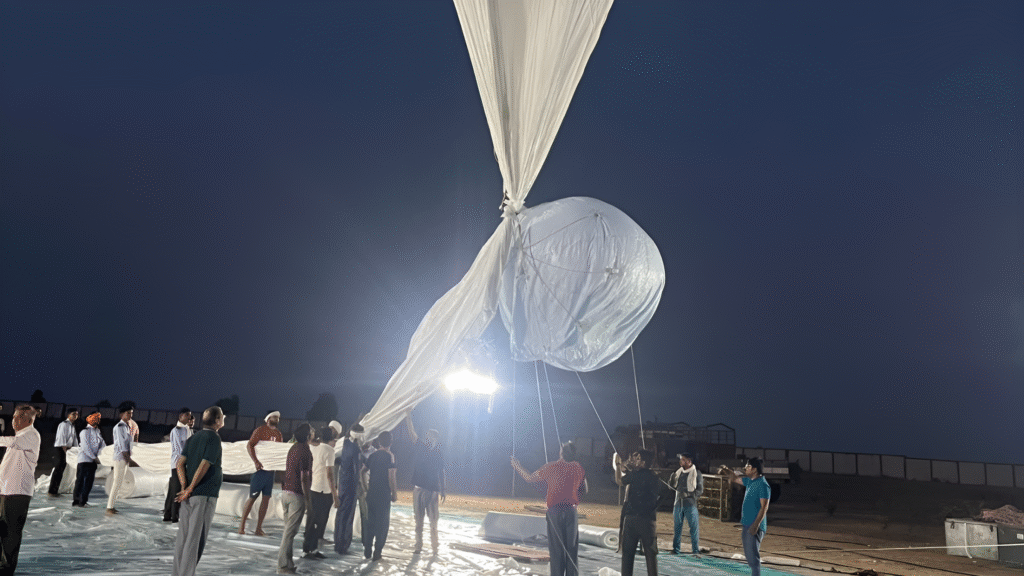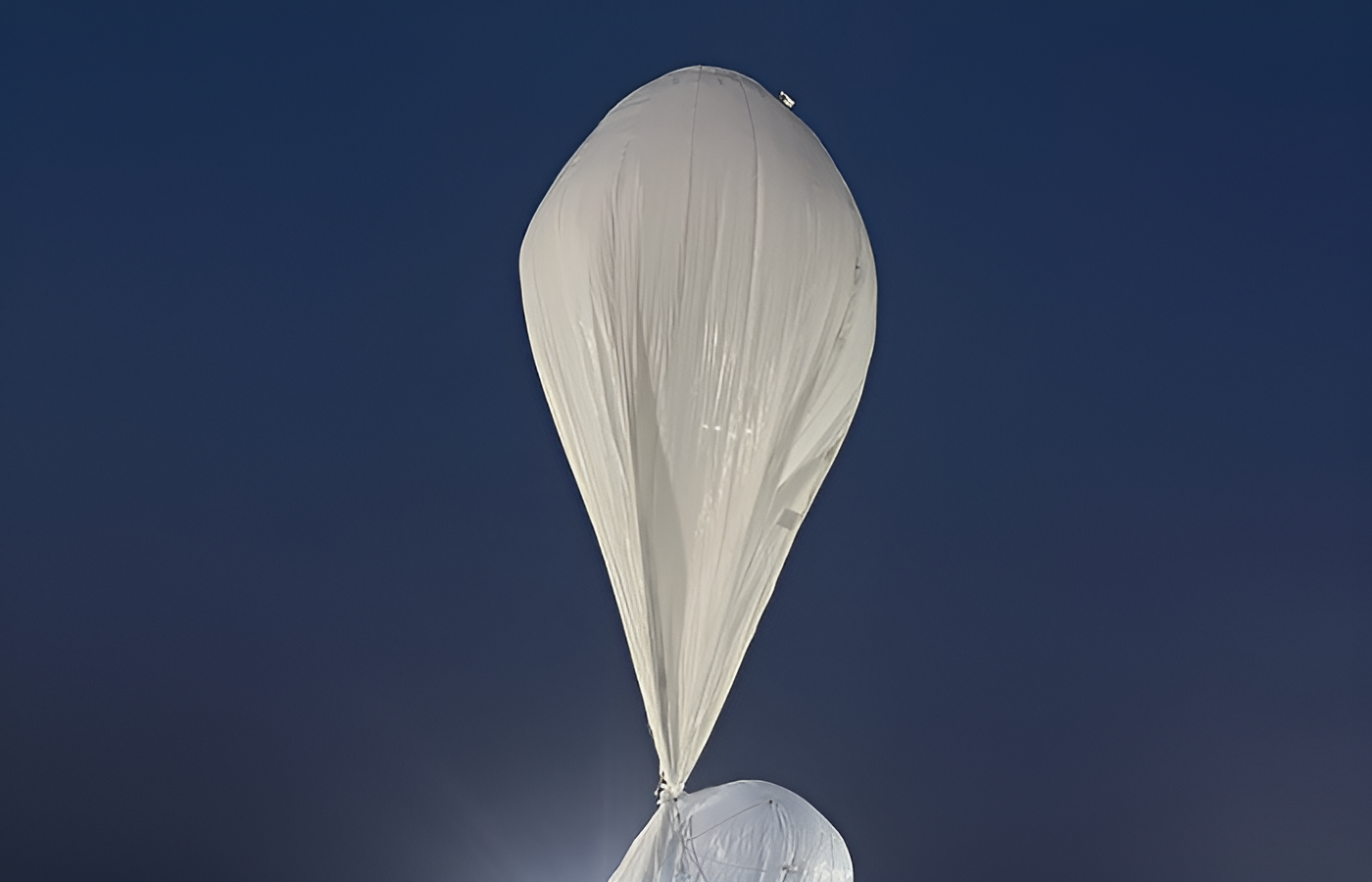New Delhi, June 3, 2025 — In a major technological breakthrough, India has successfully completed the maiden flight trial of its indigenous stratospheric airship, marking a significant step forward in high-altitude surveillance and aerospace innovation.
Developed by the Aerial Delivery Research and Development Establishment (ADRDE) under the Defence Research and Development Organisation (DRDO), the high-altitude airship was flight-tested on May 3, 2025, from DRDO’s Sheopur test site in Madhya Pradesh.
🚀 High-Altitude Success at 17 km
The airship ascended to an altitude of 17 kilometres, entering the stratosphere, where it remained airborne for 62 minutes. This places India among the few countries globally capable of operating stratospheric lighter-than-air surveillance platforms, an area previously dominated by nations such as the US and China.
During the trial, the platform successfully demonstrated:
-
Envelope pressure control systems
-
Emergency deflation mechanisms
-
Payload capacity under stratospheric conditions
The airship carried a suite of instrumental payloads during the mission, validating its endurance, control systems, and onboard sensor integration. After a successful descent, the airship was safely recovered for post-flight analysis.
📊 Strategic Value of Indigenous Stratospheric Airships
The India indigenous stratospheric airship trial is more than a technological feat — it opens doors to a new era of persistent, wide-area surveillance and intelligence, surveillance, and reconnaissance (ISR) capabilities.
Key strategic advantages of the platform include:
-
Real-time surveillance and earth observation
-
Long-duration monitoring over sensitive areas
-
High-altitude communications relays
-
Dual-use applications (defense and civilian)
According to experts, data collected from this mission will feed into high-fidelity simulation models, guiding future deployments of high-altitude platforms in operational scenarios.

🗣️ Leaders Speak
DRDO Chairman Dr. Samir V Kamat hailed the test as a “milestone achievement”, stating:
“This successful prototype flight brings India closer to operationalising high-altitude airships capable of ISR missions and environmental monitoring at stratospheric altitudes. It’s a vital stride toward long-endurance aerial surveillance.”
Defence Minister Rajnath Singh congratulated the DRDO scientists and engineers, emphasizing:
“The successful demonstration of this indigenous stratospheric airship reflects India’s growing capability in aerospace innovation. It will significantly enhance our ability to observe, monitor, and respond to strategic threats, while supporting humanitarian missions and climate data collection.”
🌐 Global Context: India Joins an Elite Club
Stratospheric airships are a niche yet strategic aerospace domain, currently explored by only a handful of nations. Their advantage lies in being cheaper than satellites, more persistent than UAVs, and capable of covering vast areas from near-space altitudes.
By entering this exclusive field, India strengthens its self-reliance under the Aatmanirbhar Bharat vision and reaffirms its ambition to lead in next-gen aerospace systems.
🔍 What’s Next?
With this successful flight, the DRDO and ADRDE teams are expected to:
-
Analyze in-flight data for performance optimization
-
Develop larger airships with longer endurance
-
Integrate multi-sensor payloads for real-time ISR missions
-
Expand dual-use applications in disaster relief, telecommunications, and scientific research
🛡️ Conclusion
The India indigenous stratospheric airship program represents a strategic leap in aerospace capability and national security infrastructure. As the world enters a new age of aerial intelligence and climate monitoring, India’s entry into stratospheric platform systems signals its determination to stay ahead in cutting-edge defence technologies.









